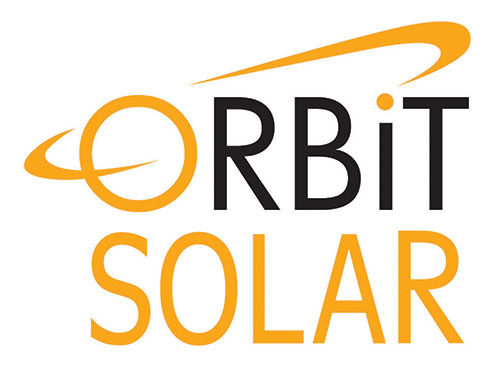Yes, a solar panel does produce electricity even when it is not placed in bright sunlight. On a normal cloudy day there is always enough so-called diffuse light, by which the panel will produce electricity. However, the production of electricity is not as high as when the panels are placed in bright sunlight.
Yes, solar panels work on light not heat. The amount of sun hours will be less in the winter, as the sun rises later and sets earlier.
No, solar panels convert light into electricity; therefore as the light reduces in the day so does the output of the solar panel.
An inverter takes the DC (direct current) from the solar panel and creates a useable form of AC (alternating current).
Solar PV panels are maintenance free but they can be cleaned using a non-abrasive cleaner if you wish to.
The number of solar PV panels you require depends on the returns and savings you would like to achieve annually, the more panels you install the bigger the returns and savings.
This is the payment you receive from the Government for generating electricity from your panels, the amount is currently 15.44 pence for every kilowatt hour produced (regardless of whether you use the power or not) which is tax free, index-linked and guaranteed for 20 years providing the system does not exceed 4 kilowatt peak (approximately 16 to 20 panels).
Every installation has a generation meter as standard so you will be able to monitor your energy production.
Any electricity generated that you do not use is exported back to the grid. You are paid 4.5p for every unit of energy exported, assumed to be 50% of the total energy generated.
A typical installation will take 1-2 days although this is completely dependent on the size of the system and complexity of the installation.
